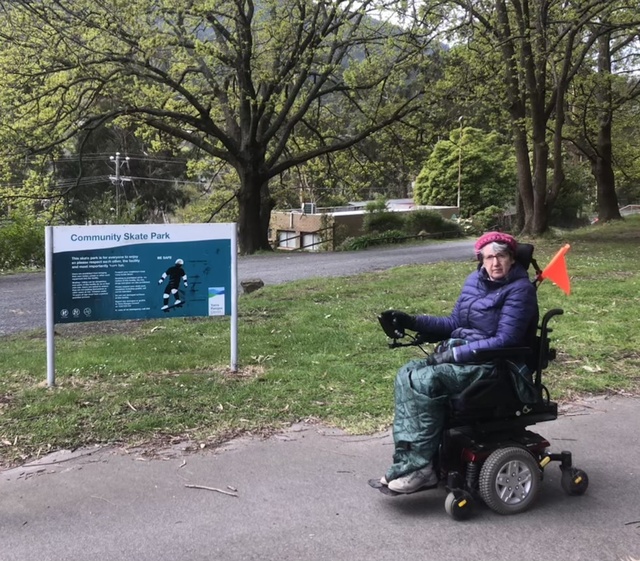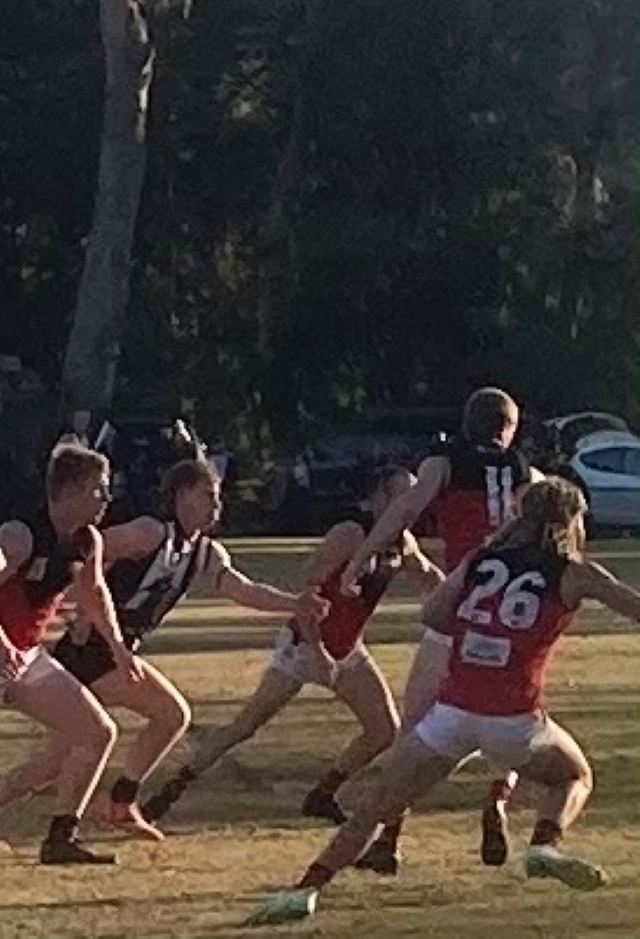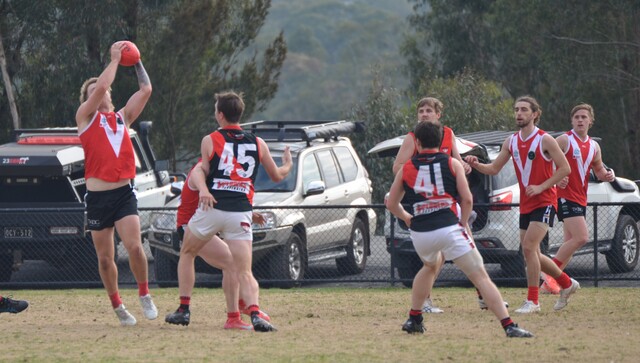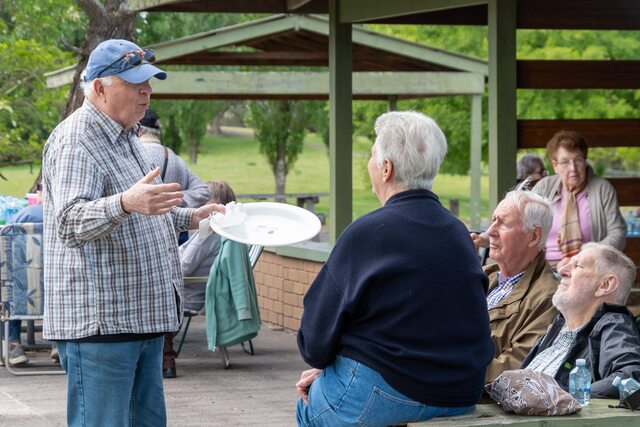FORMER Healesville Sanctuary director Geoff Williams has received an Order of Australia Medal last week.
During his time there, the sanctuary enjoyed an exceptional phase of development and re-established itself both as Australia’s leading native wildlife park and as one of Victoria’s most successful tourist attractions.
The presentation ceremony was held in Melbourne’s Government House on Wednesday 24 April.
Highlights of the sanctuary’s resurgence during Mr William’s period as director from 1988 to 1993 included the development of several new exhibits, such as the acclaimed Birds of Prey flight presentation, commencement of breeding programs for highly endangered species of native fauna including the helmeted honeyeater and initiation of major research programs, such as the projects to study platypus using radio-tracking and re-introduce captive-bred brush-tailed phascogales to the wild.
After leaving Healesville Sanctuary, Mr Williams became founding director of the Australian Platypus Conservancy.
The APC is a non-government, non-profit environmental organisation that conducts a wide range of research projects, linked to public education and community action.
Since 1994, he has undertaken more than 450 all-night live-trapping platypus surveys and has helped the APC develop a number of important initiatives, including the first ever study of platypus in an urban environment, undertaken in collaboration with Melbourne Water, the first major study of platypus in agricultural landscapes and the reintroduction of platypus to Cardinia Creek – the first translocation project to re-establish platypus in a catchment where a population had become locally extinct.
Mr Williams said he was honoured to receive an OAM but regarded the award primarily as recognition of the special place that the platypus now enjoys in the public mind.
“The platypus is one of the world’s most remarkable animals yet before the APC commenced its work nearly two decades ago, very little was known about its status in the wild,” he said.
“However, we now have a much better idea of its long-term conservation needs and it is great to see management agencies and the wider community now doing so much more to help their local platypus populations.”
OAM for platypus conservationist
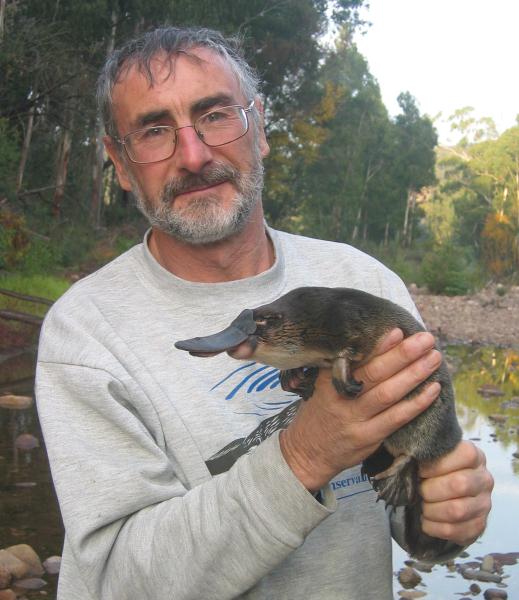
Digital Editions
-
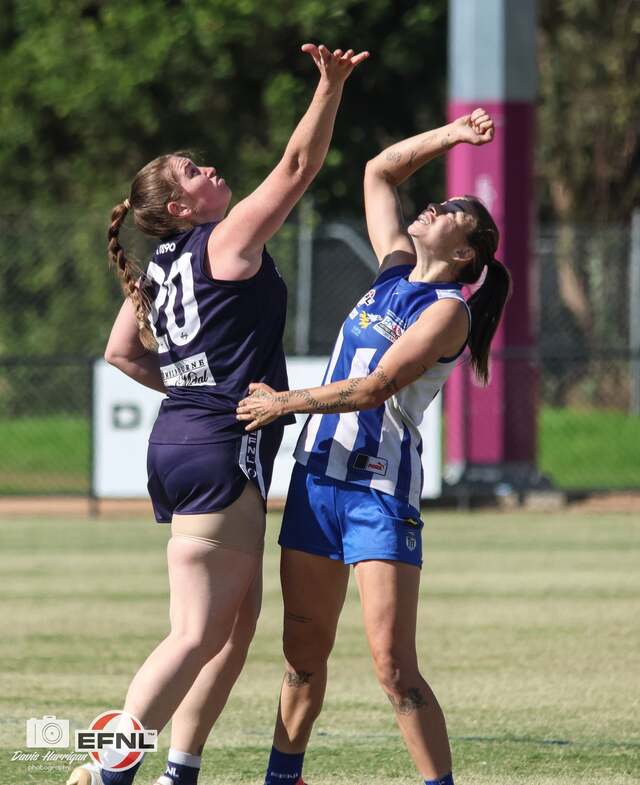
A special day reflects what Coldstream FNC is all about
The day kicked off with a strong statement from Coldstream’s Women’s Team, who faced Ferntree Gully away. Despite missing several key players, coach Matt Coghlan…

